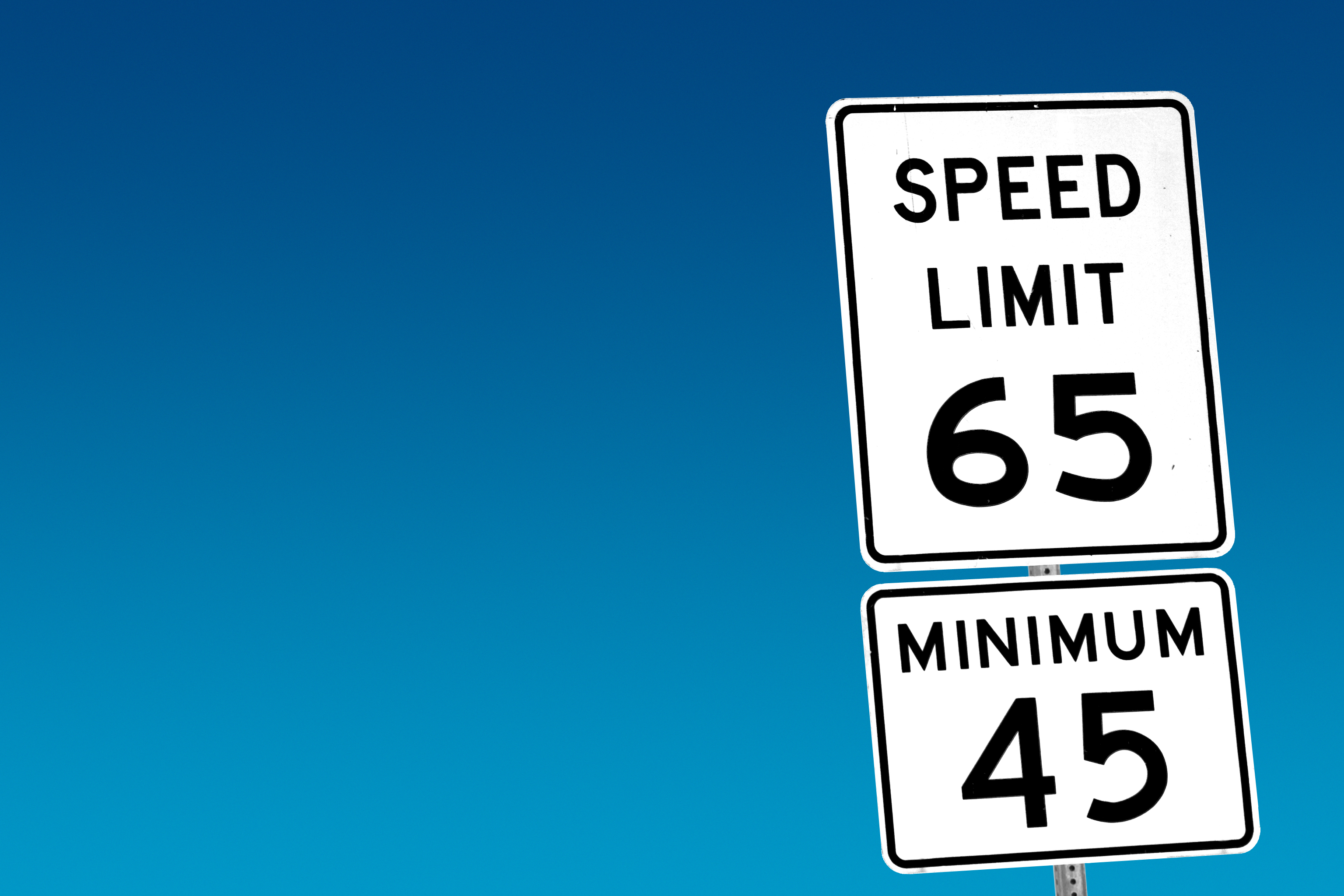The Science Behind Speed Limits
Written by Arbitrage • 2025-10-21 00:00:00

Speed limits are a constant presence on the road, guiding how fast you should drive in different settings. But while they may seem arbitrary at times, speed limits are actually based on a mix of science, safety, and law. Understanding how they are set, what the regulations are, and whether communities can influence them helps shed light on one of the most visible parts of traffic control.
Speed limits are not randomly chosen numbers. In the 1930s and 1940s, transportation engineers studied road speed and safety. The results led to a widely accepted concept known as the "85th percentile rule," which sets the speed limit at or below the speed that 85% of drivers naturally travel. This method assumes that the majority of drivers behave in a reasonable and safe manner, and it still plays an outsized role in the way speed limits are set across the United States. The concept assumes that a road's safest speed is the one most vehicles travel - neither too high nor too low. If drivers think the speed limit should be raised, they can simply step on the gas and "vote with their feet," as an old brochure from the Institute of Transportation Engineers once put it.
After decades of closely following the rule, some states are seeking to modify if not replace it when setting guidelines for how local engineers should decide what speed limit to post. The National Association of City Transportation Officials developed an alternative to the 85% rule known as "City Limits," which aims to minimize the risk of injuries for all road users by setting the speed limit based on a formula that factors in a street's activity level and the likelihood of incidents, such as collisions. Other factors may be considered, such as road type and design, traffic density and congestion, crash history and safety data, presence of schools, the number of pedestrians and bicyclists, and environmental conditions. Engineers use this data to recommend speed limits that balance efficiency and safety.
Under its "20 is Plenty" campaign, the city of Madison, Wisconsin has been changing signs across the city this summer, lowering the speed limit from 25 mph to 20 mph on local residential streets. When Seattle took a similar step in a pilot program seven years ago, they not only saw a noticeable decline in serious injury crashes but also a 7% drop in the 85th percentile speed, according to the Vision Zero Network.
Citizens and community groups can request speed limit reviews. If residents believe a road is unsafe due to speeding, they can petition their local transportation or public works department for a traffic study. The agency then gathers data, including traffic counts and speed surveys, to determine whether a new limit is justified. Sometimes, these reviews result in lowered speed limits, especially near schools or high-pedestrian areas. However, studies have shown that simply lowering the number on the sign doesn't always slow drivers down; enforcement and road design (such as speed bumps, narrower lanes, or added crosswalks) often play a bigger role. "It doesn't really matter what number you put on a sign," Jay Beeber, executive director for policy at the National Motorists Association, said. "The average driver drives the nature of the roadway. It would be patently unfair for a government to build a road to encourage people to drive 45 mph, put a 30 mph speed limit on it, and then ticket everyone for doing what they built the road to do."
While perhaps counterintuitive, the safest speed is not always the lowest. While driving too fast clearly increases crash severity, driving significantly below the flow of traffic can also create hazards. This is why the 85th percentile method is often considered the safest balance: it reflects how most drivers behave naturally, minimizing differences in speed that can lead to collisions. That said, context matters. In areas with children, cyclists, or heavy pedestrian use, lower speeds (such as 20-25 mph) drastically reduce the risk of severe injury in crashes. On highways, higher limits may be safe when roads are well-designed and traffic is flowing smoothly.
Although high-speed freeways outside major population centers aren't the focus of most efforts to ease the 85% rule, a 2019 study from the Insurance Institute for Highway Safety (a research arm funded by auto insurers) illustrates the risks. The study found that for every 5 mph increase to a state's maximum speed limit, the chance of fatalities increases by 8.5% on interstate highways and 2.8% on other roads.
Speed limits are a blend of science, law, and community input. While they might not always feel right to every driver, they are designed with both efficiency and safety in mind. Communities that want to see changes can push for reviews - but real safety improvements often come from a combination of reasonable limits, thoughtful road design, and consistent enforcement.